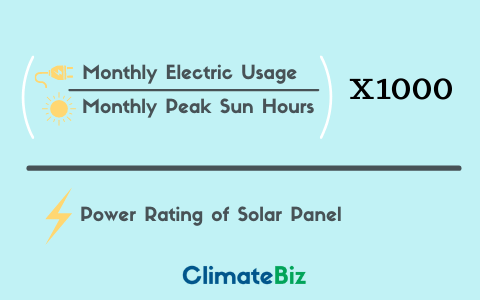Average Peak Sun Hours (United States)
| State | Average Daily Peak Sun Hours (kWh/m2) |
|---|---|
| Alabama | 4.5 |
| Alaska | 2.5 |
| Arizona | 5.7 |
| Arkansas | 4.5 |
| California | 5.2 |
| Colorado | 5.0 |
| Connecticut | 3.9 |
| Florida | 4.9 |
| Georgia | 4.6 |
| Idaho | 3.9 |
| Illinois | 4.0 |
| Indiana | 4.1 |
| Iowa | 4.1 |
| Kansas | 4.6 |
| Kentucky | 4.2 |
| Louisiana | 4.5 |
| Maine | 3.6 |
| Maryland | 4.1 |
| Massachusetts | 3.9 |
| Michigan | 3.5 |
| Minnesota | 3.8 |
| Mississippi | 4.7 |
| Missouri | 4.1 |
| Montana | 3.9 |
| Nebraska | 4.6 |
| Nevada | 5.7 |
| New Hampshire | 3.8 |
| New Jersey | 4.0 |
| New Mexico | 5.6 |
| New York | 3.8 |
| North Carolina | 4.4 |
| North Dakota | 3.9 |
| Ohio | 3.9 |
| Oklahoma | 4.6 |
| Oregon | 4.3 |
| Pennsylvania | 3.8 |
| Rhode Island | 3.8 |
| South Carolina | 4.7 |
| South Dakota | 4.0 |
| Tennessee | 4.2 |
| Texas | 4.8 |
| Utah | 5.4 |
| Vermont | 3.6 |
| Virginia | 4.3 |
| Washington | 3.6 |
| West Virginia | 4.0 |
| Wisconsin | 3.9 |
| Wyoming | 4.8 |
(Use our solar calculator to assist you in sizing your home’s solar system.)
What Are Peak Sun Hours?
A peak sun hour equates to 1 hour in which the sun’s solar irradiance (sunlight) produces an average of 1000W (energy) per square meter (roughly 10.5 feet). In other words: 1 peak sun hour = 1000 W/m² of sunlight per hour.
We feel it’s also important to note the difference between DNI, DFI and GHI:
- GHI (Global Horizontal Irradiation) – This is the sum of both diffuse and direct components reaching the same surface.
- DNI (Direct Normal Irradiation) – This is the part of solar irradiance that directly reaches a surface.
- DIF (Diffuse Horizontal Irradiation) – This is the part of solar irradiance that is scattered by the atmosphere.
Many people make the mistake of utilizing DNI data to size their solar system, when in actual fact they should be using GHI. For a complete glossary of all the solar terms we use, be sure to check out NREL.
How Many Hours of Sunlight Does The United States Get?
The United States is the third largest country in the world covering a total of 3.8 million square miles, because of it’s vast size, average peak sun hours vary greatly from state to state.
As a whole, the USA has a continental climate, with cold winters and hot summers (sometimes extremely hot). Season duration is largely determined by your latitude and distance from the sea. Solar power in the US has positive potential, particularly in the states of Califronia in cities like San Diego and Los Angeles. Although solar panel installation is quite expensive compared to installation costs in countries like Australia, there are many tax incentives to be had. We highly recommend you to do your research and make sure you are getting the best deal on your solar system. You can read up on solar tax rebates here.
How To Use Our peak Sun Hours Data?
It is safe to say that the country experiences and overall peak sun hour rate of between 3.9 and 5.8. With the cities of California, Nevada, Arizona and New Mexico experiencing the majority of peak sunglight hours and the cities of Washington,
In order to know what size solar system your home will need, you can use the following formula: Monthly electric usage ÷ by monthly peak sun hours, X 1000. If you want to know how many solar panels you’ll need, simply divide that amount by the power rating of your desired solar panel.
Here is a written example: You live in Los Angeles and your monthly electricity consumption is 500kWh. Your areas monthly peak sun hours are 164 (5.3 x 31 days) and you want to install a in your system.

(500kWh ÷ 164) x 1000 = 3048 watts. You will need a 3.1kW solar system to offset your monthly energy consumption. 3048 watts ÷ 400 watts = 8 (7,62) panels needed.
